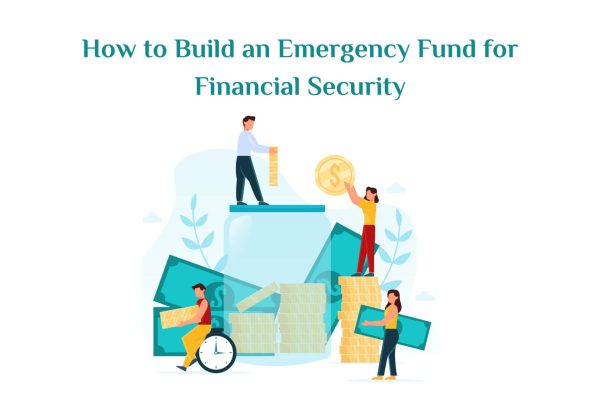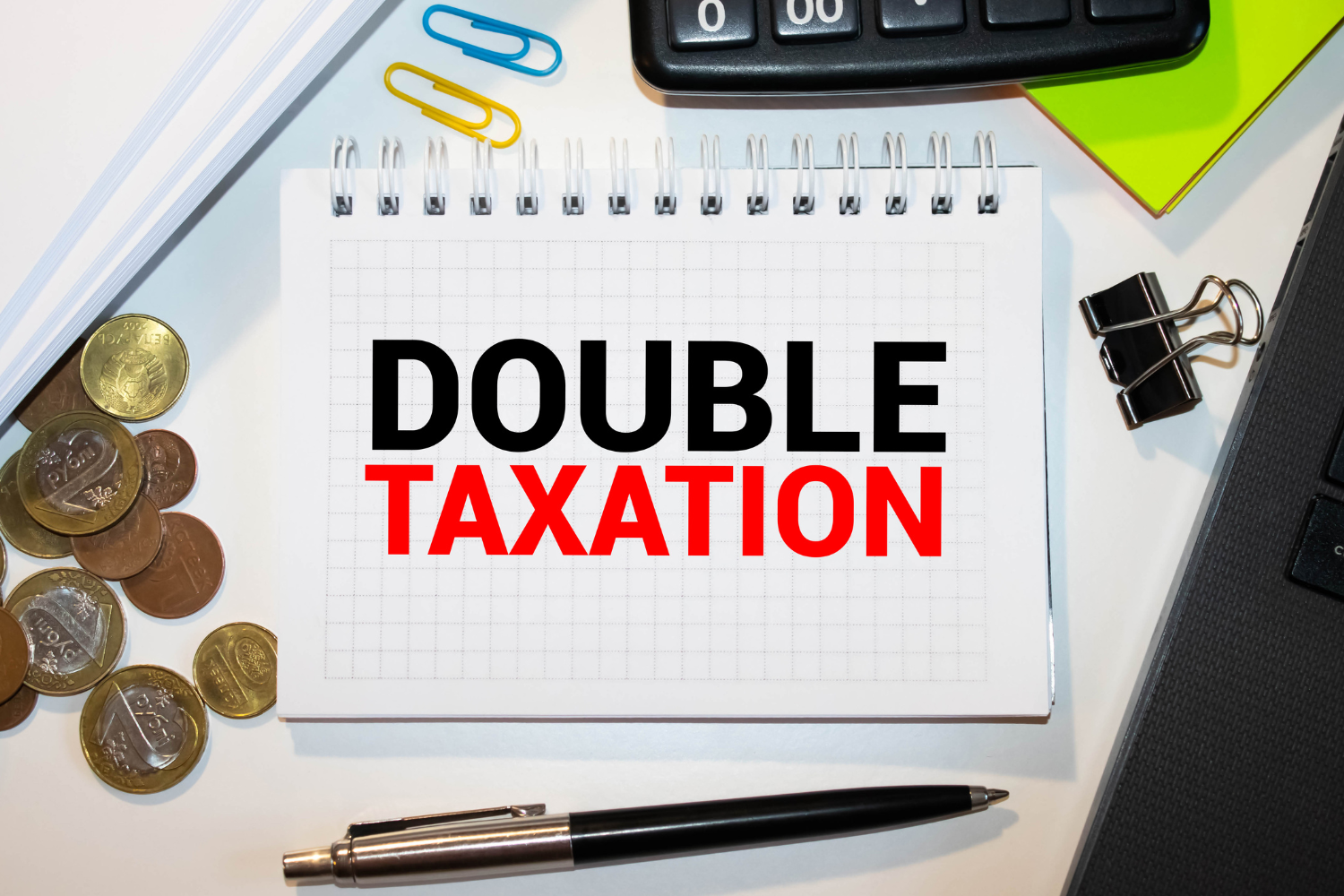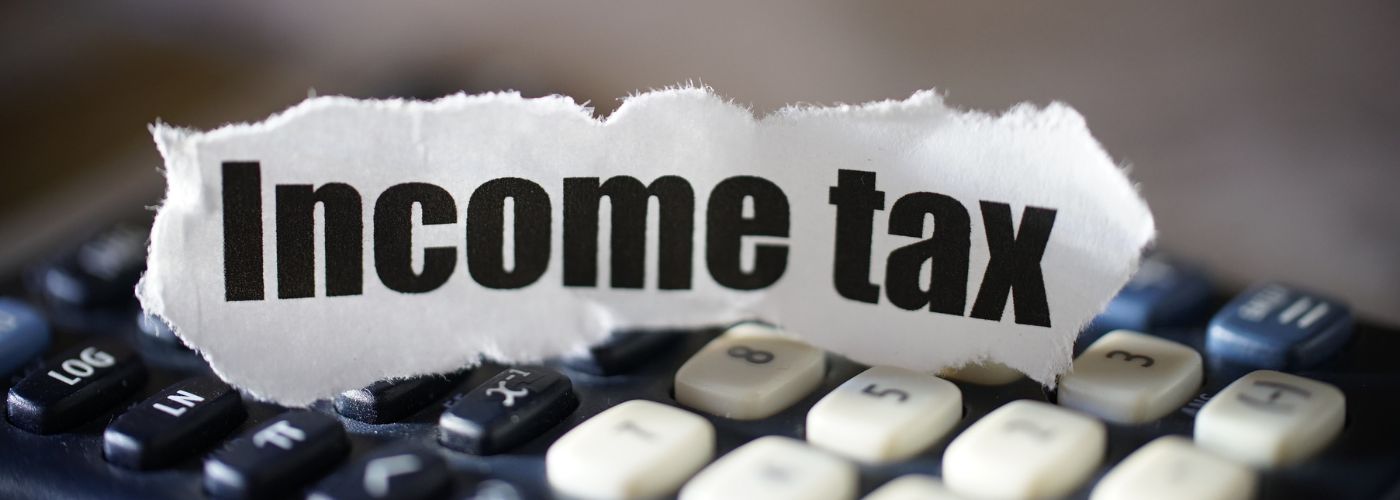How to Build an Emergency Fund for Financial Security
Introduction
A financial emergency fund is a collection of savings intended to cover unexpected bills or financial emergencies. It acts as a safety net for people and families in the event of an unanticipated disaster such as a medical emergency, job loss, or major repairs. The fund should preferably be made up of liquid assets, such as cash or conveniently accessible savings accounts, which can be accessed immediately as needed.
The overall guideline is to save three to six months of living expenses in an emergency fund, while the actual amount will vary depending on individual circumstances. A well-funded emergency fund provides peace of mind, decreases dependency on credit or loans during an emergency, and assists individuals in navigating unanticipated financial issues with minimal disturbance to their everyday life.
How to Build an Emergency Fund for Financial Security?
Creating an emergency fund is a critical step toward financial security. Here are some suggestions to help you create and expand your emergency fund:
- Set a reasonable goal: Decide how much money you want to put aside for an emergency fund. The usual suggestion is to save three to six months’ worth of living expenses, however this can vary based on your specific situation.
- Make a budget: Keep track of your income and expenses to see where your money is going. Determine where you can minimize non-essential costs and put the savings towards your emergency fund. Make sure to emphasize emergency savings in your budget.
- Automate your savings: Set up an automatic transfer from your checking account to a second savings account designated specifically for your emergency fund. By automating the process, you ensure that a percentage of your money gets directly to your emergency fund without you having to remember to do it manually.
- Boost your income and lower your expenses: Look for ways to boost your income, such as taking on a side gig or negotiating a raise at work. Concurrently, find areas where you may cut costs, such as eating out less, canceling needless subscriptions, or hunting for better discounts.

- Make your emergency fund a financial priority: Make your emergency fund a financial priority. Consider it non-negotiable and as necessary as any other bill you must pay. Make it a habit to donate to your emergency fund on a regular basis, even if it’s a modest amount at first. These contributions will build up over time.
- Save windfalls and bonuses: When you receive unexpected money, such as a tax return, bonus, or inheritance, fight the urge to spend it. Instead, put a major percentage, if not the entire amount, into your emergency fund. These windfalls might significantly increase the size of your emergency reserve.
- Evaluate and adjust: Review your emergency fund goals on a regular basis and make adjustments as needed. As your financial condition changes, you may need to increase or decrease the amount you save. Reassess your progress on a regular basis and make improvements as needed.
Remember that creating an emergency fund takes time and effort. Be persistent and patient, and remember to enjoy your accomplishments along the road. Having a well-funded emergency fund gives you financial security and peace of mind, knowing you’re prepared for unexpected bills in the future.
Conclusion
In conclusion, establishing an emergency fund is critical for obtaining financial security. You may gradually build your emergency fund by setting realistic goals, developing a budget, automating saves, increasing income, cutting costs, prioritizing the fund, saving windfalls, and occasionally monitoring and adjusting. It takes discipline and patience, but the peace of mind and security it offers amid unexpected financial difficulties is priceless. Begin little and consistently, and you will gradually build a robust financial safety net that can give stability and resilience in times of need.



